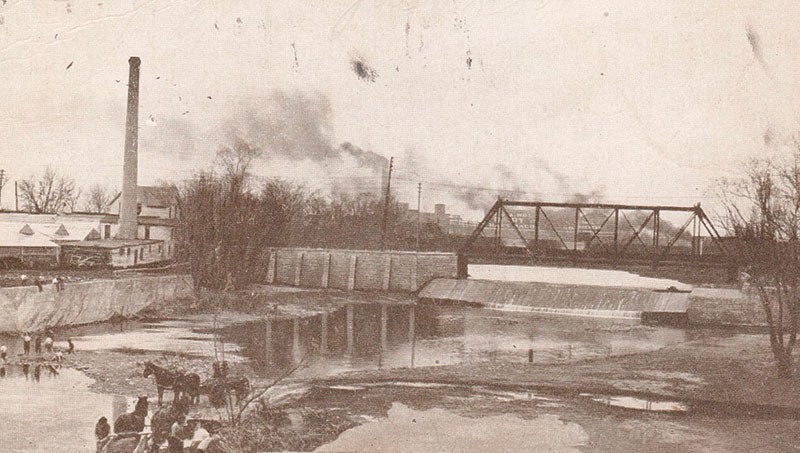Reconnecting to our waterways
Published 6:07 am Friday, April 26, 2019

- Photo provided
By Tim Ruzek
Cedar River Watershed District, Local co-leader of “We Are Water MN”
In the “Land of 10,000 Lakes,” Mower County has none — at least, no “natural” lakes.
We are among the four counties out of 87 in Minnesota officially without a natural lake, according to the Minnesota Department of Natural Resources. In the Cedar River Watershed, our “lakes” are reservoirs created by dams on the Cedar River and Dobbins Creek — with significant digging and dredging also involved to make the backwater more like a lake.
Despite this, the Cedar River Watershed and Austin area have a rich history connected to water. In fact, none of us would be here if not for the Cedar River, which was known as the Red Cedar River for Austin’s first century.
Early settlers came to present-day Austin for the access to water. Back then, the Cedar River — a Minnesota state water trail since 2001 — flowed nicely with some whitewater through today’s downtown dam area, and settlers harnessed the local water power for the first industries of grain and saw mills.
Platted in the 1850s, one of Austin’s main roads was named Water Street (present-day 4th Ave NE) and was Austin’s first crossing over the Cedar River at the downtown dam. It went past the Water Works building that pumped from wells to first supply water to the city.
Hormel Foods would not be a Fortune 500 company today without the Cedar River. In the company’s first four decades operating along the shoreline of the Cedar River (southeast corner of Austin Mill Pond), founder George A. Hormel relied on the backwater created by the downtown dam for ice harvesting.
Harvesting ice was vital for the growing meat processor back then until Hormel was able in the 1930s to utilize new refrigeration technology.
Countless stories abound from the past of Austin-area residents flocking to the Cedar River and other local swimming holes to cool off or even bathe. For decades, locals also loved skating on the frozen waters.
There also are many stories related to water-quality challenges back in those days and residents using the river and Mill Pond area as a dumping ground. The community also made decisions that vastly changed the river, especially at Mill Pond, and developed areas that should have been left natural.
Flooding is a major part of the Cedar River Watershed’s story. Five of the seven worst-known floods here have happened in the past 20 years yet the area has a long history of major floods, dating back to the time of European settlement. Floods of 1858 and 1908 are a few older events that stand out for their devastation.
Since our worst-known flood in September 2004, the watershed’s community continues numerous efforts to reduce flooding, protect or remove buildings at risk of flooding, improve water quality in our streams and reconnect people with local water recreation.
We are reviving our river.
Connected to water: Read more about Austin’s rich history of water




